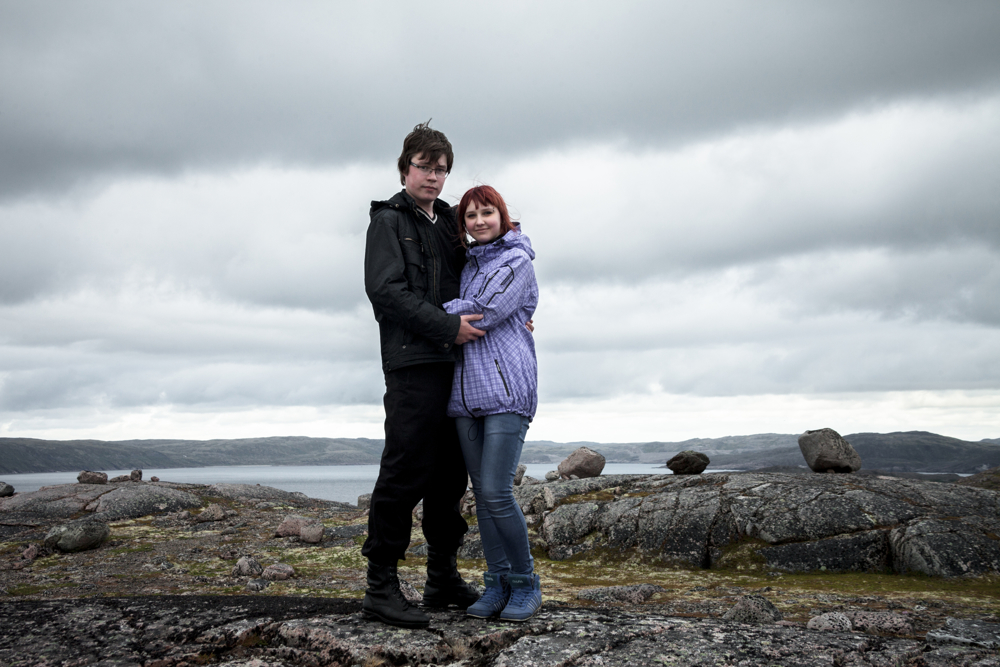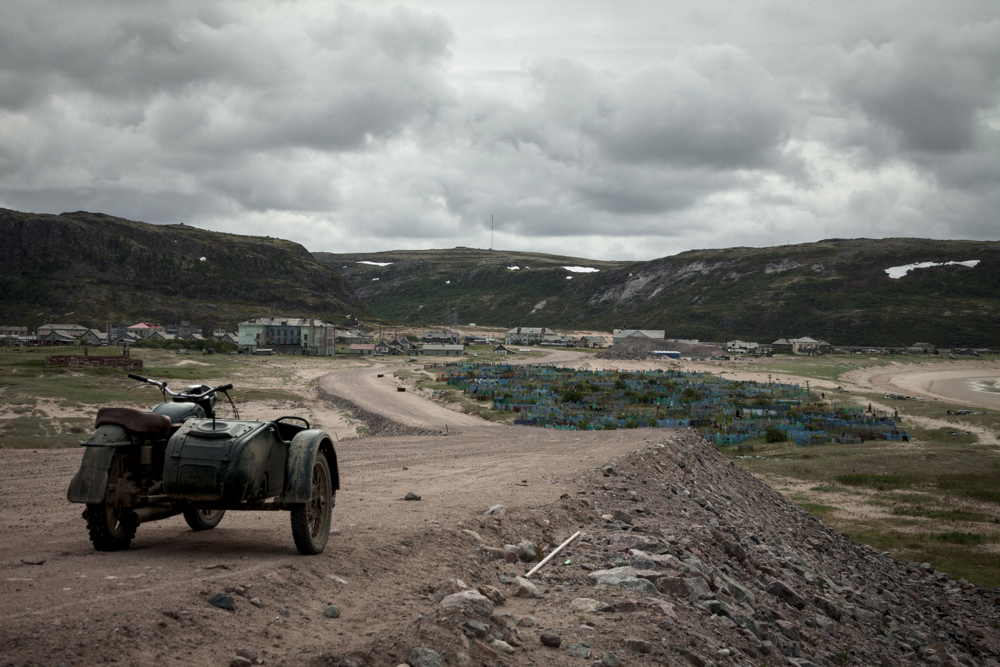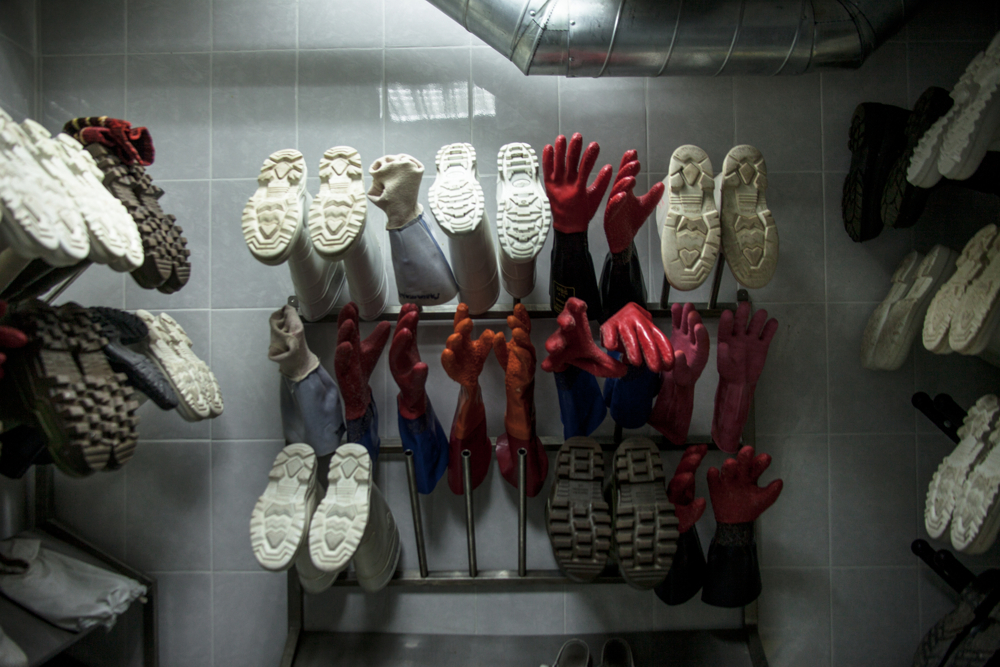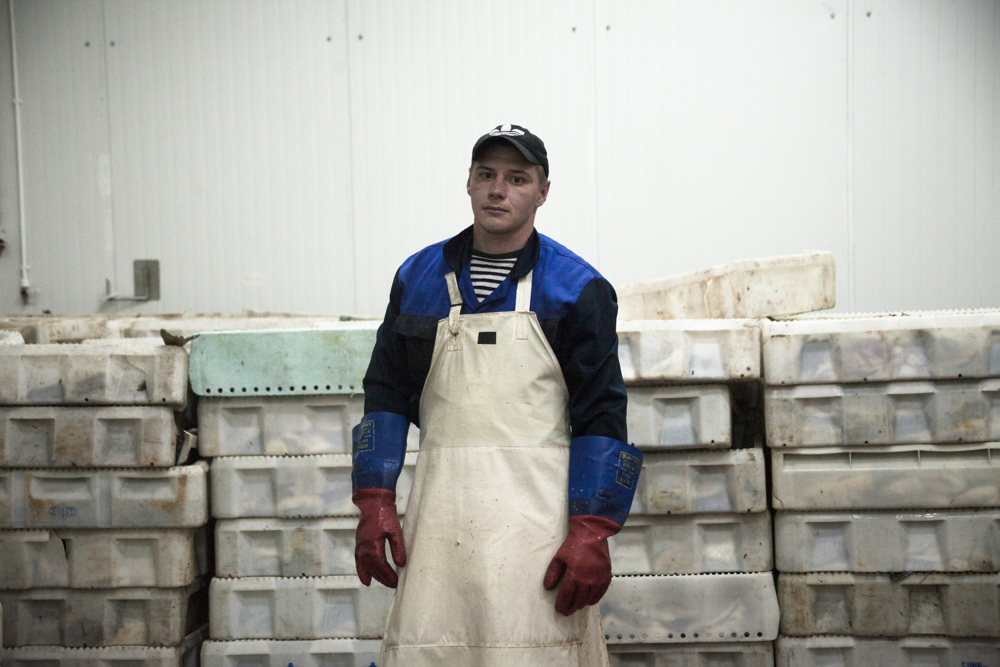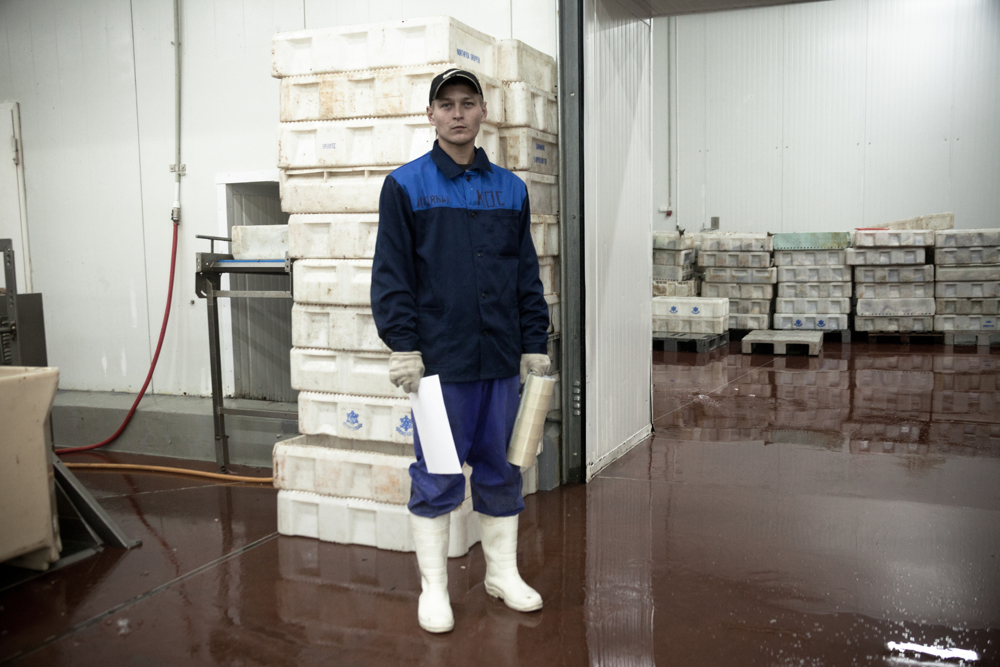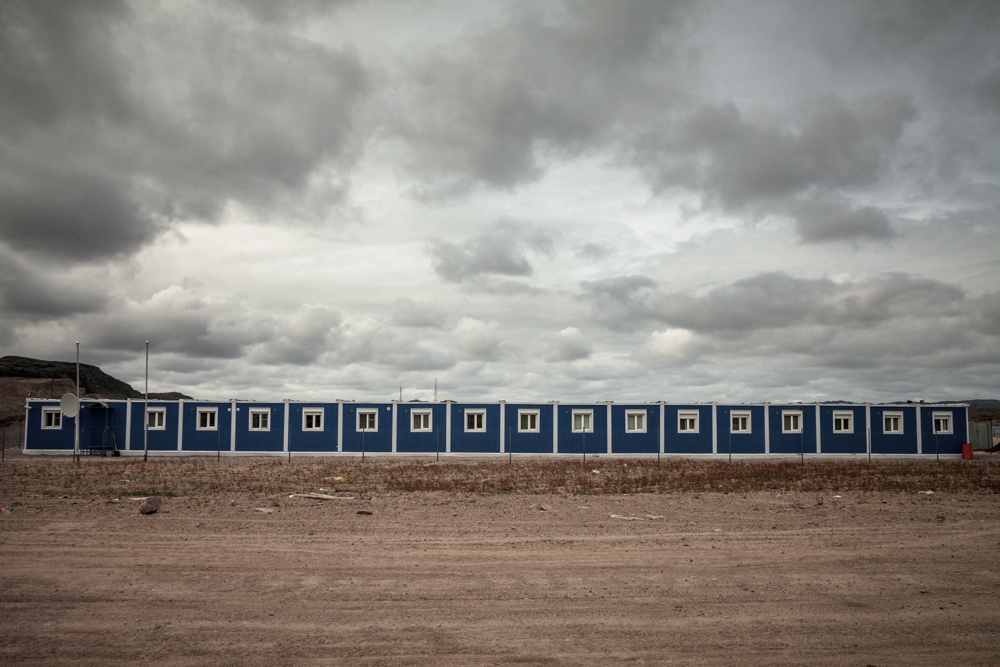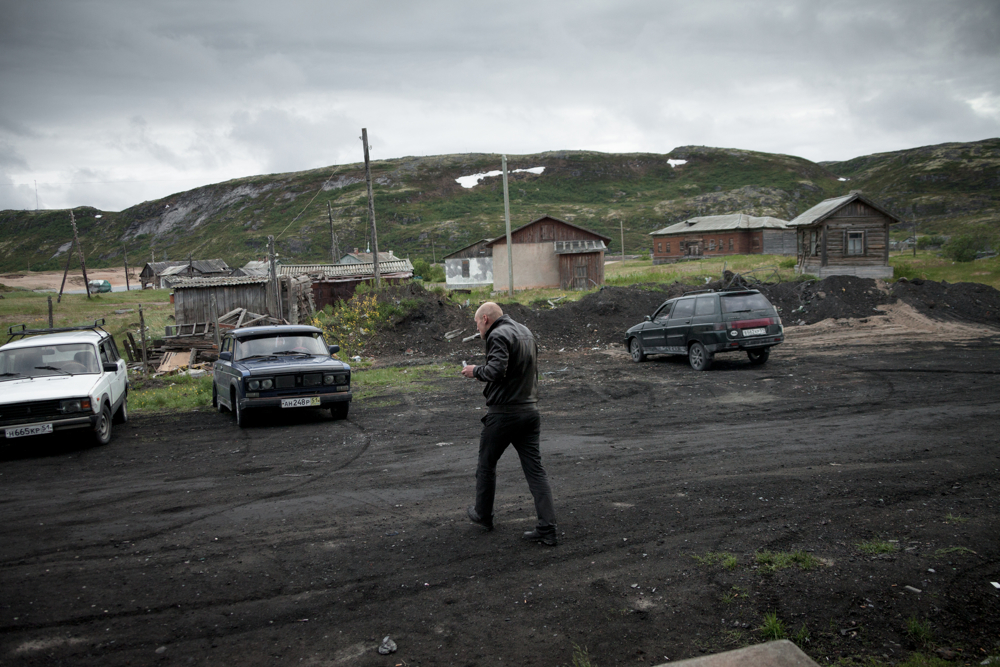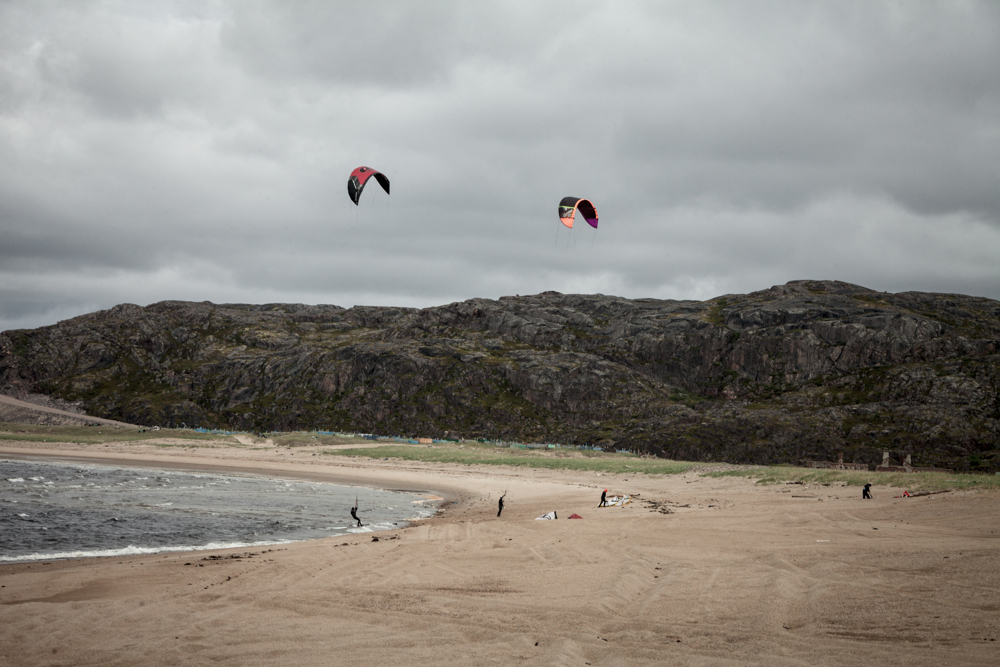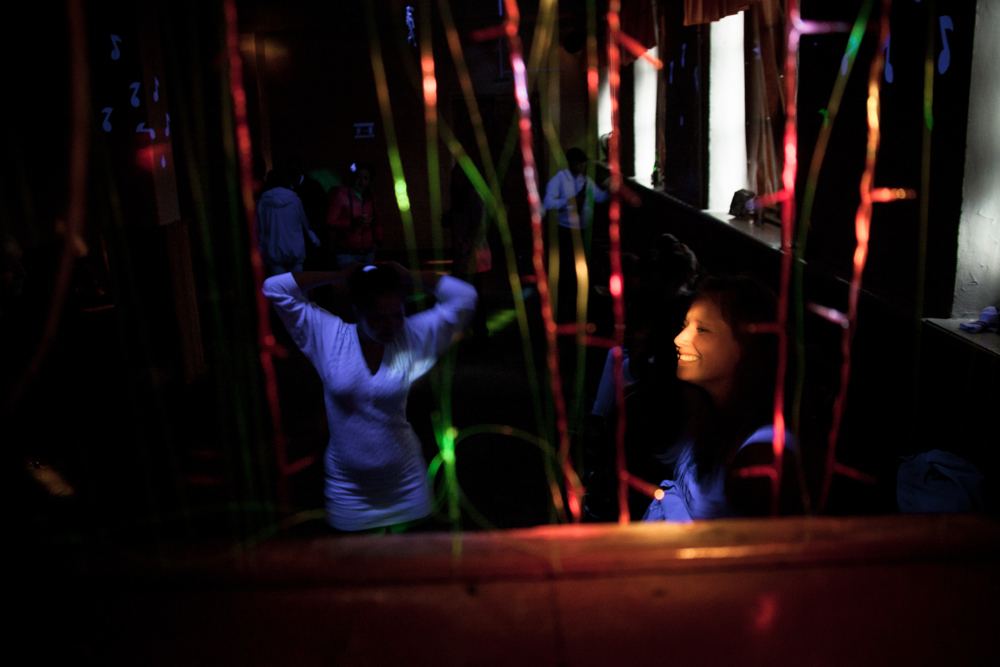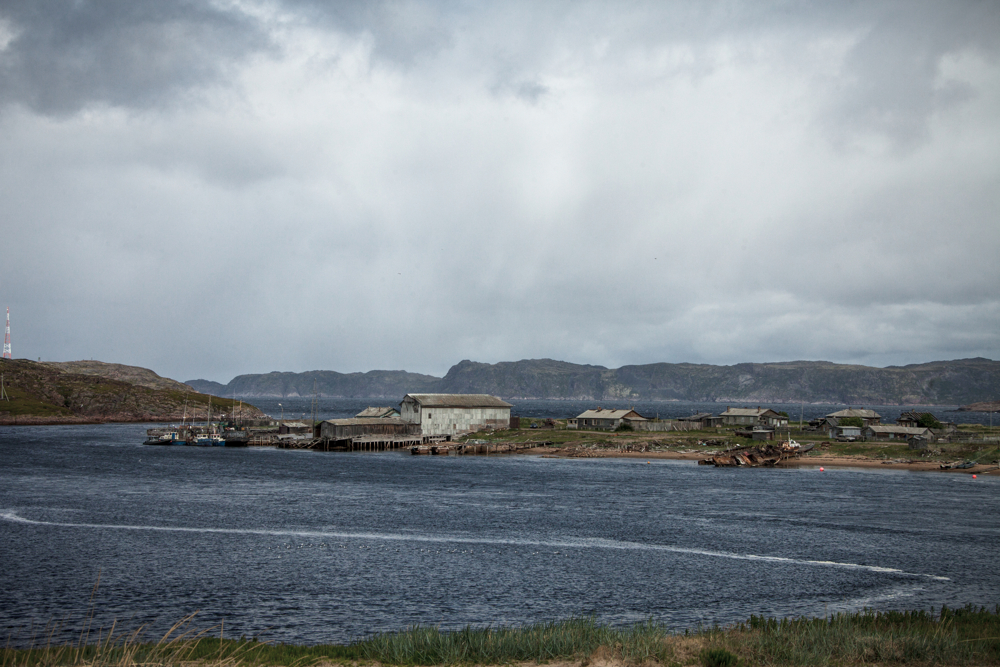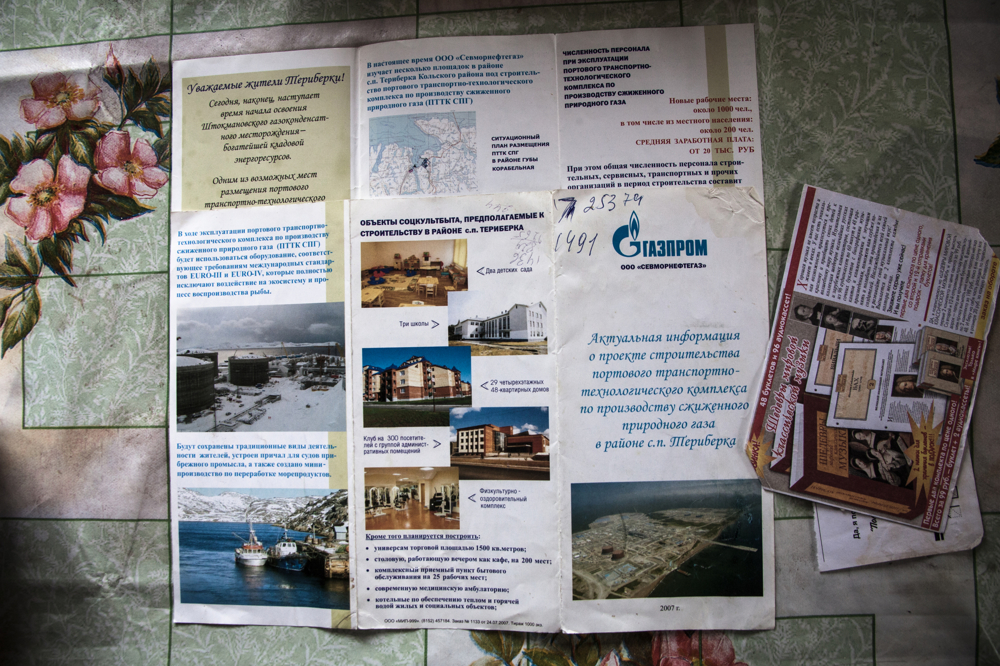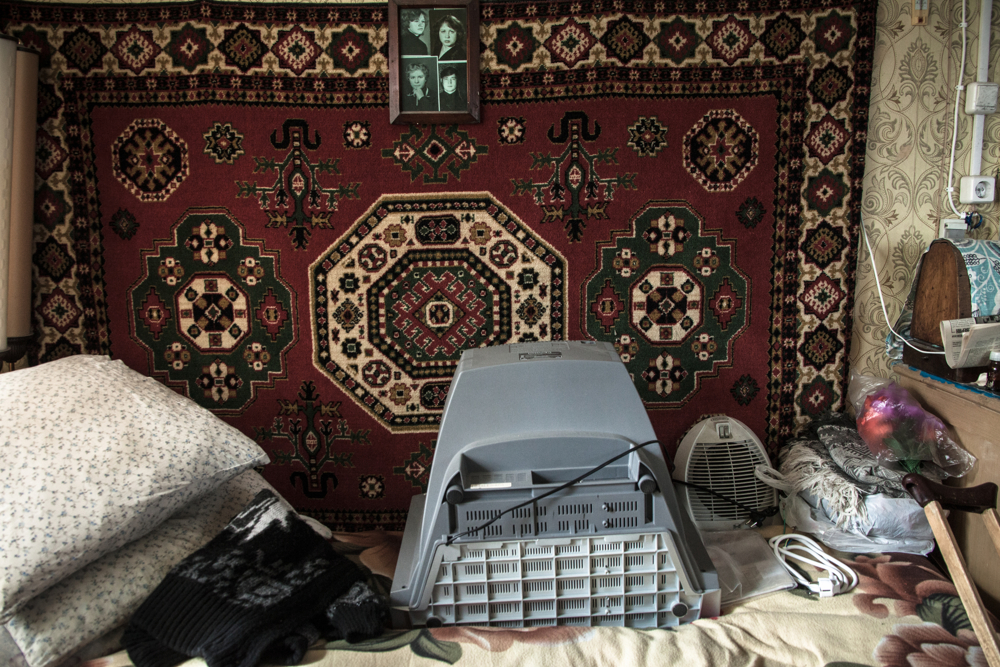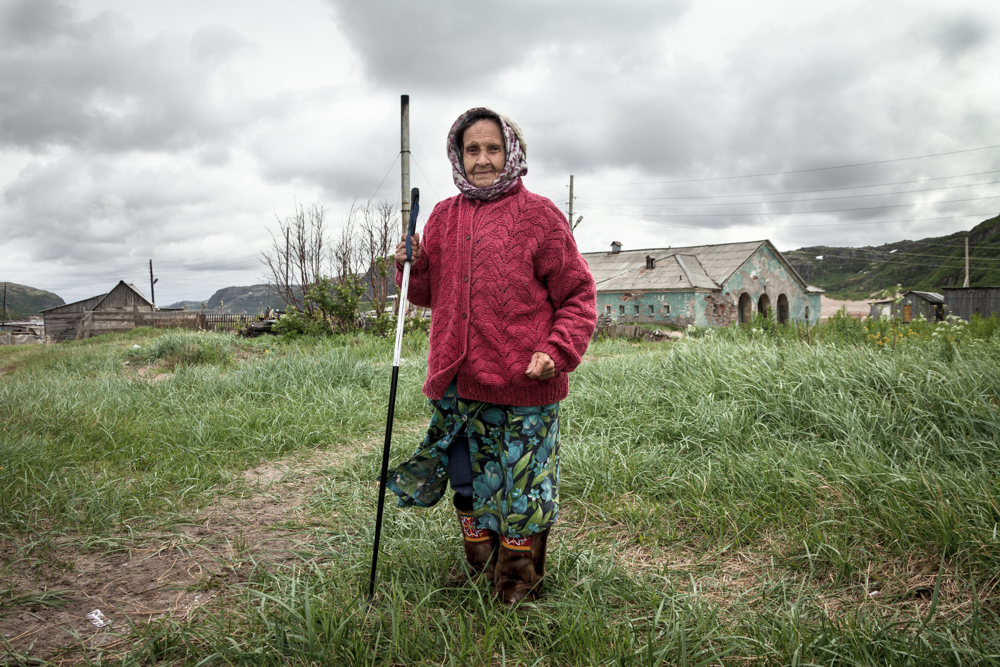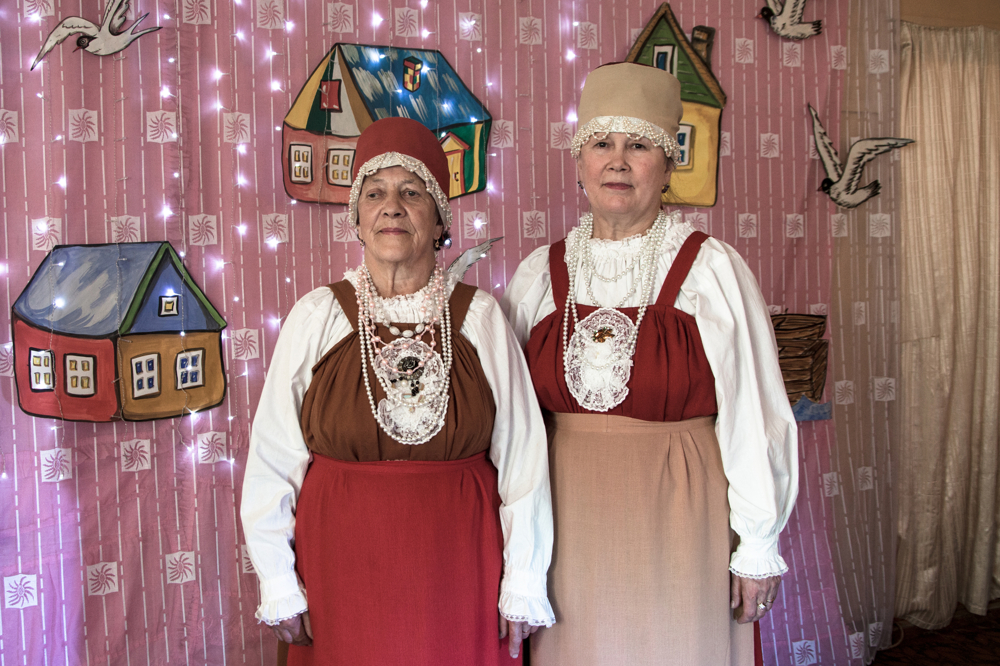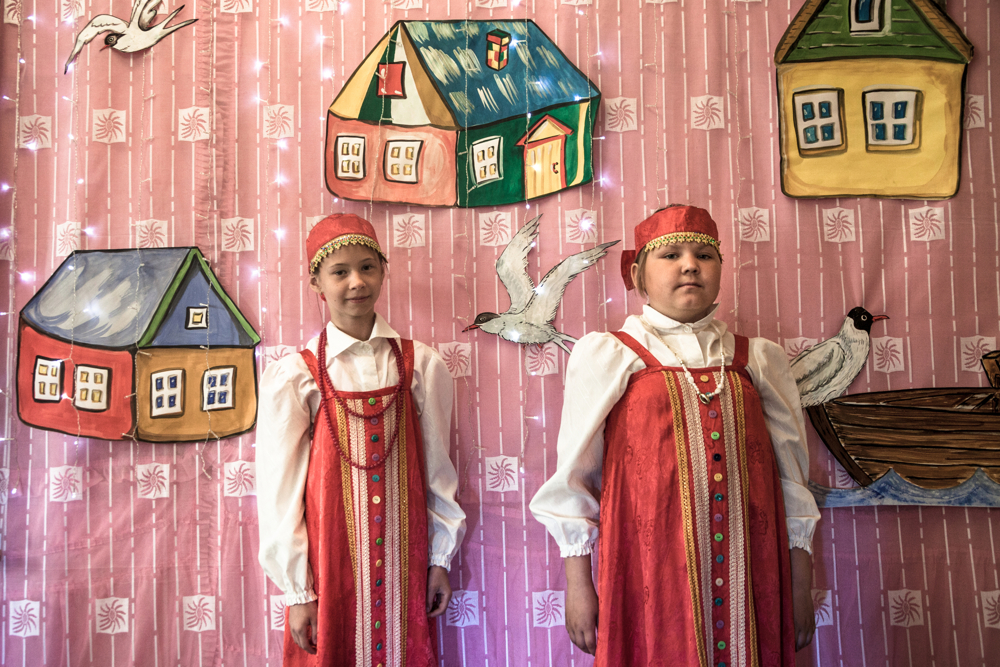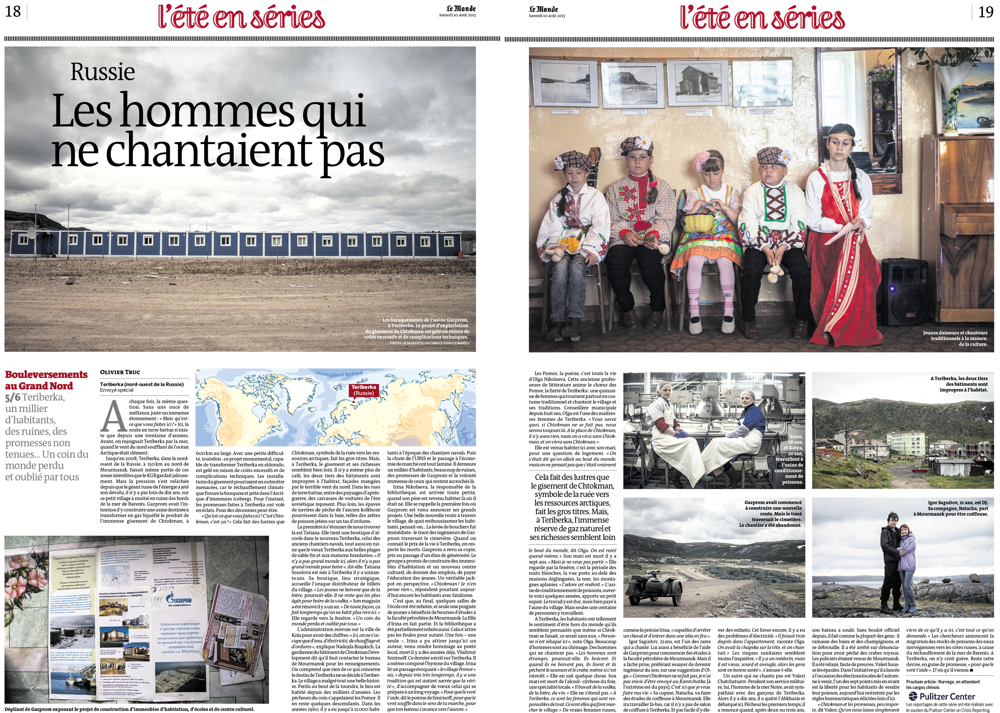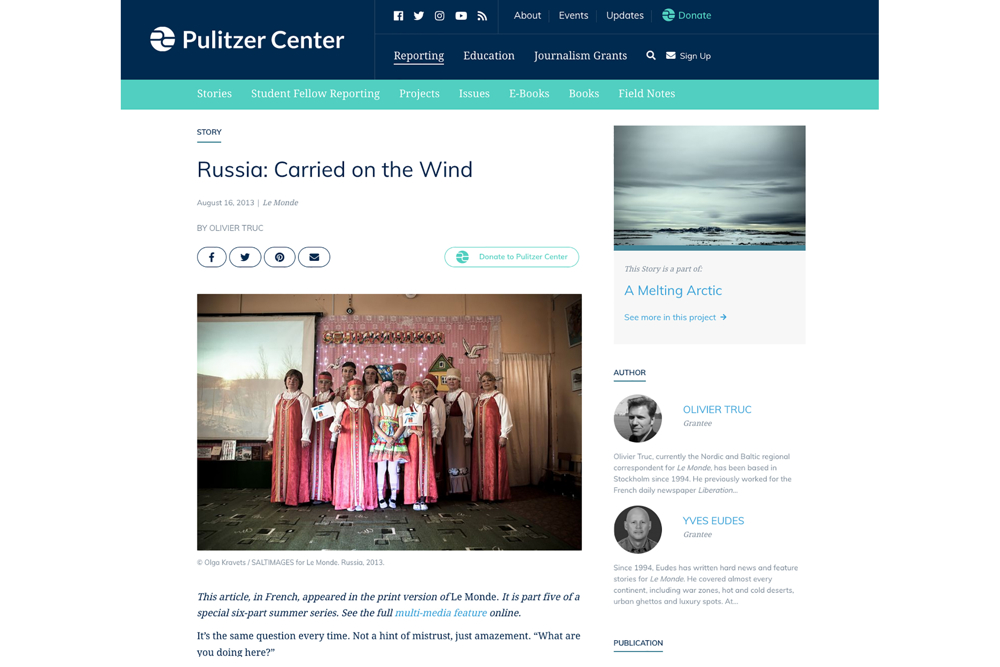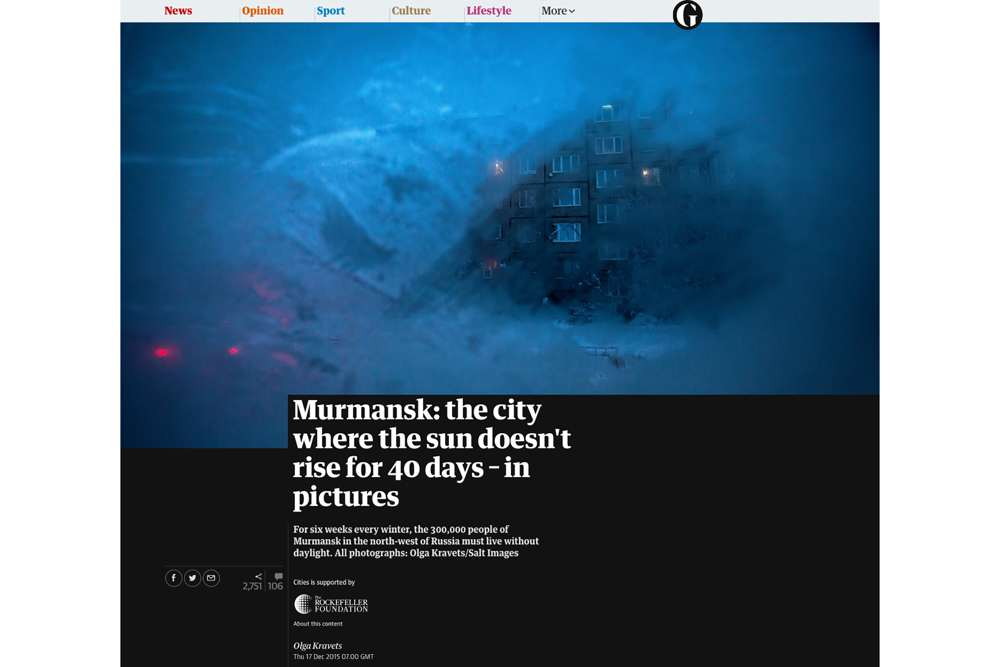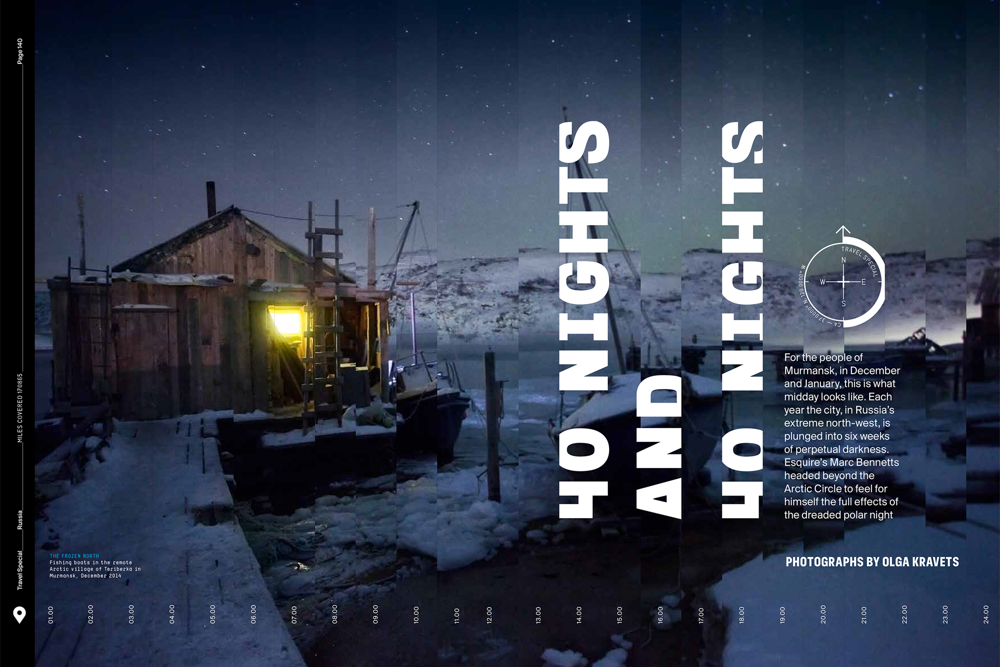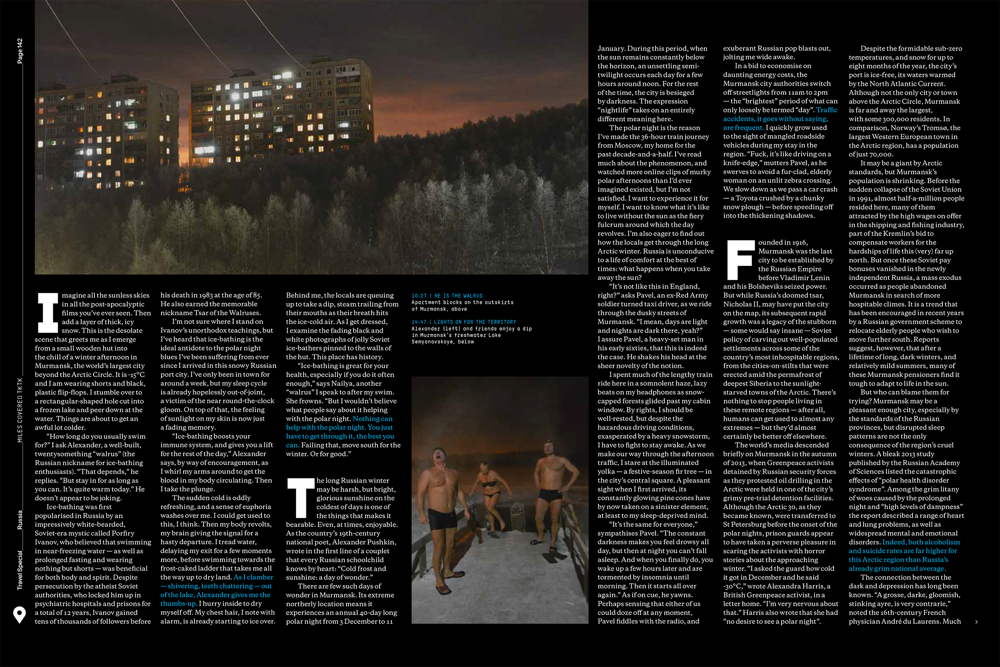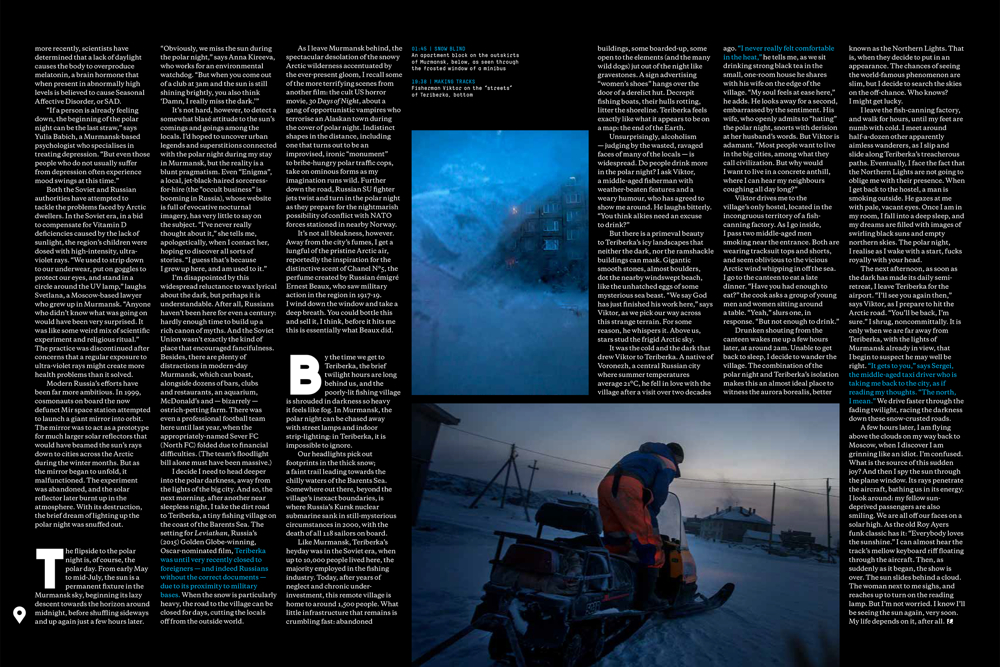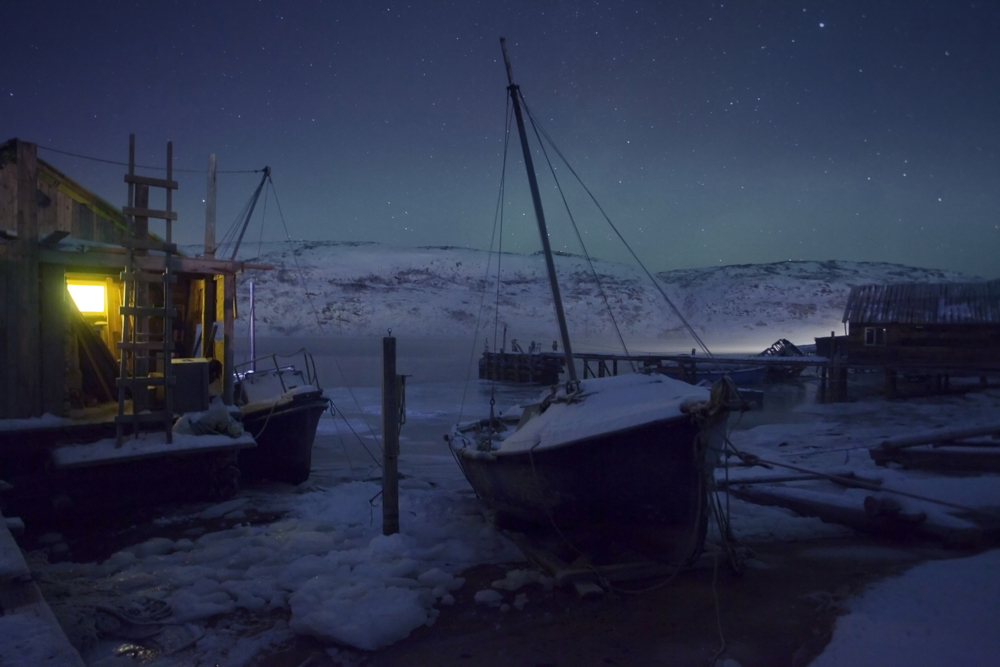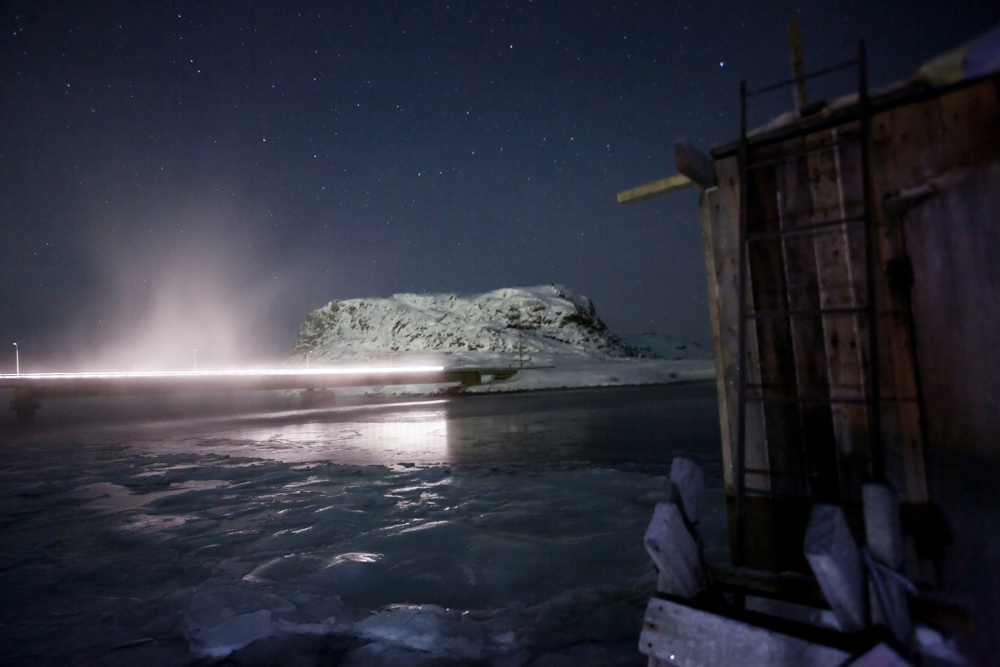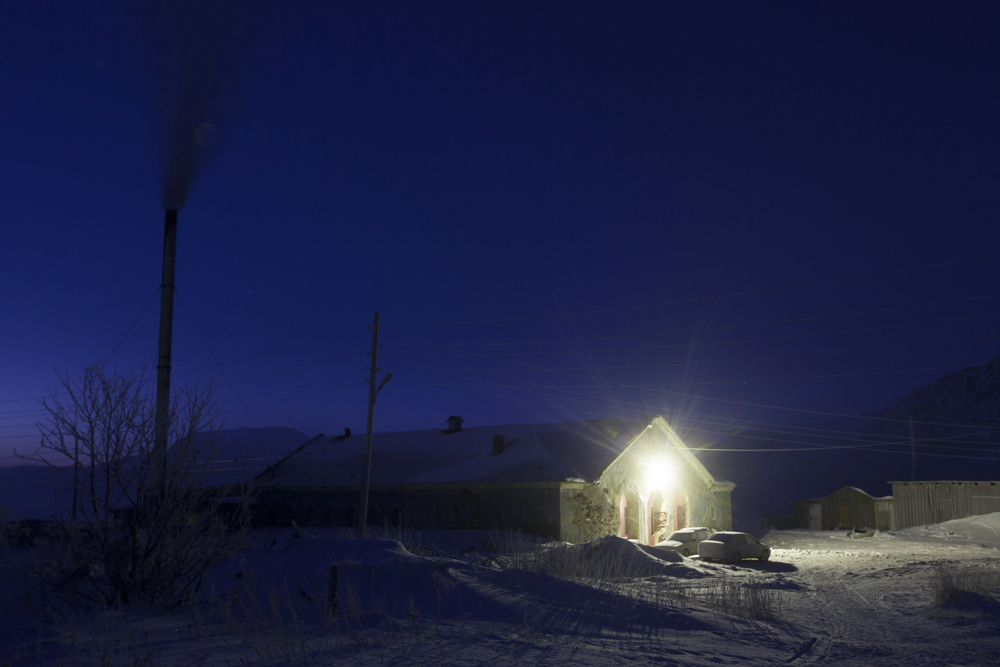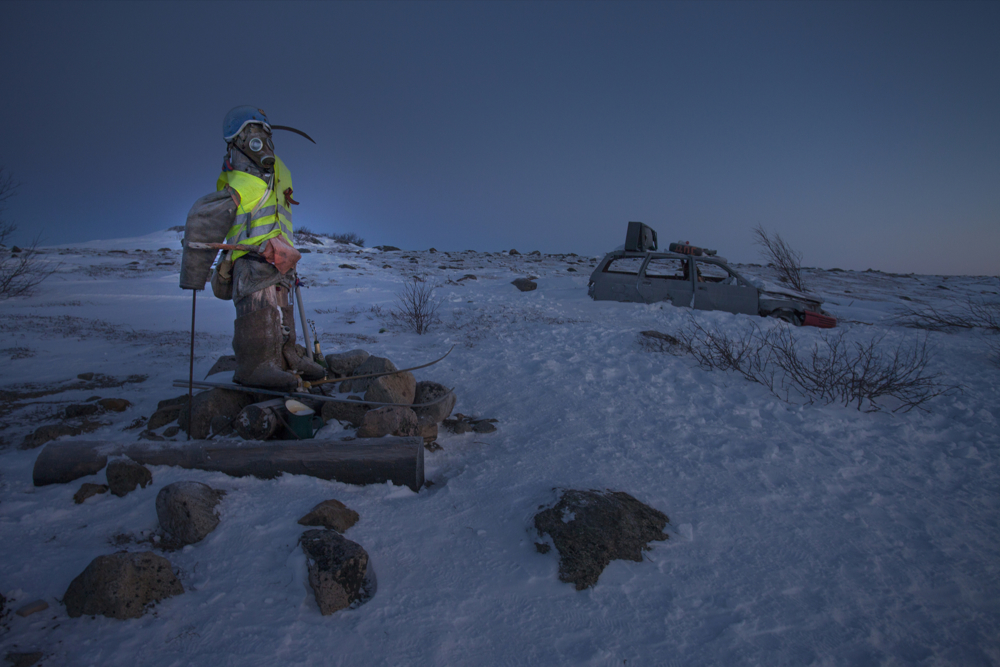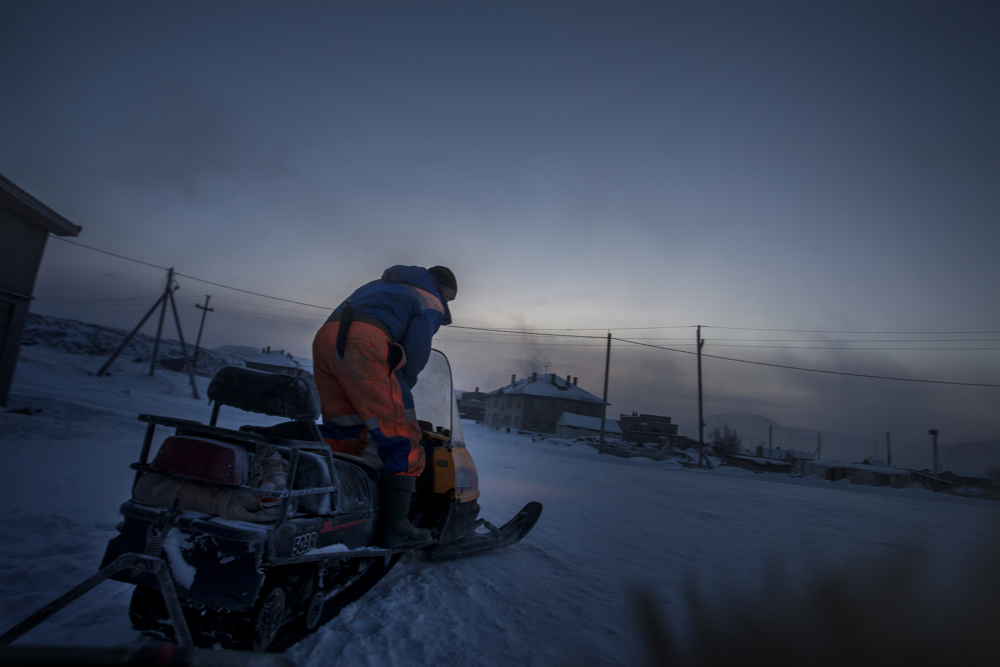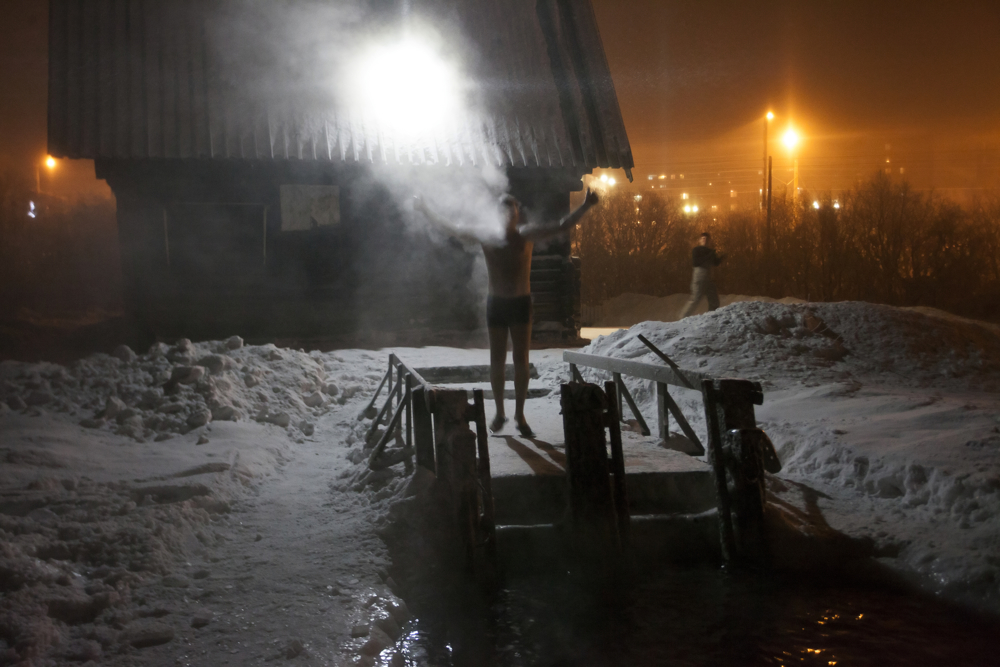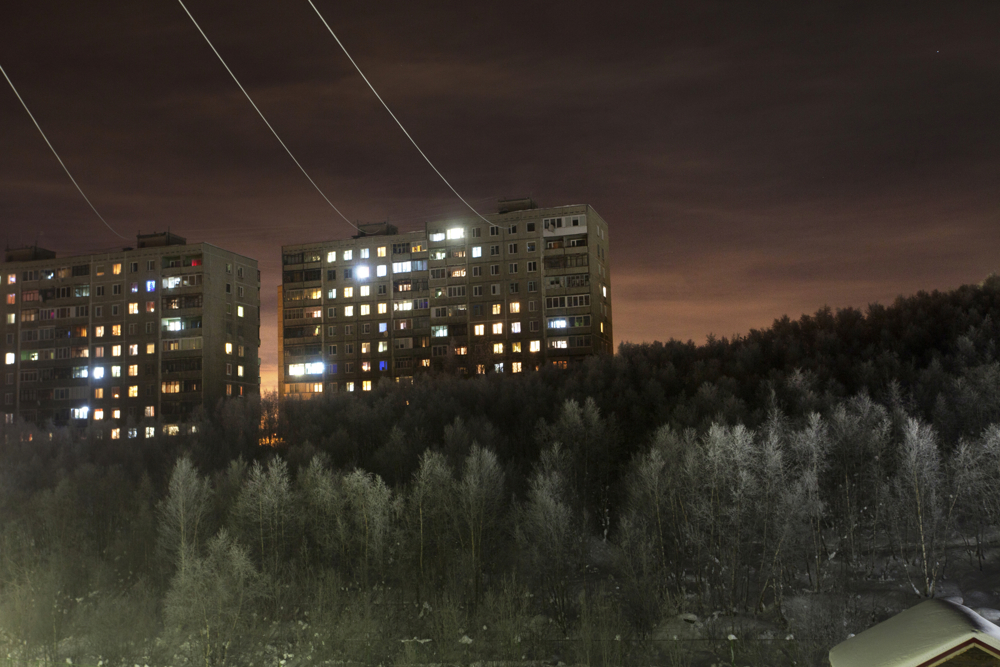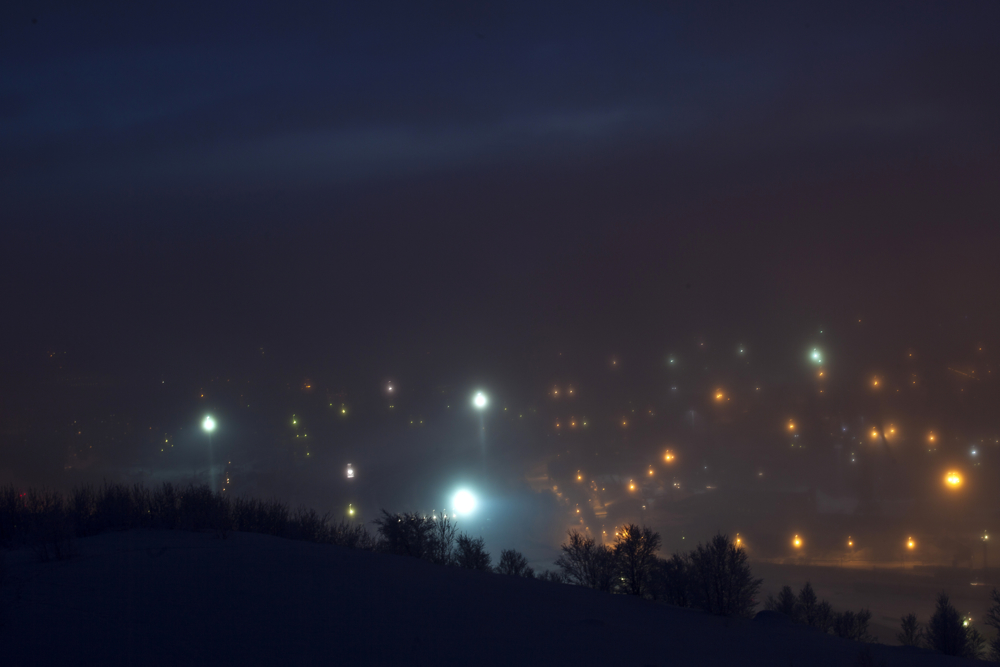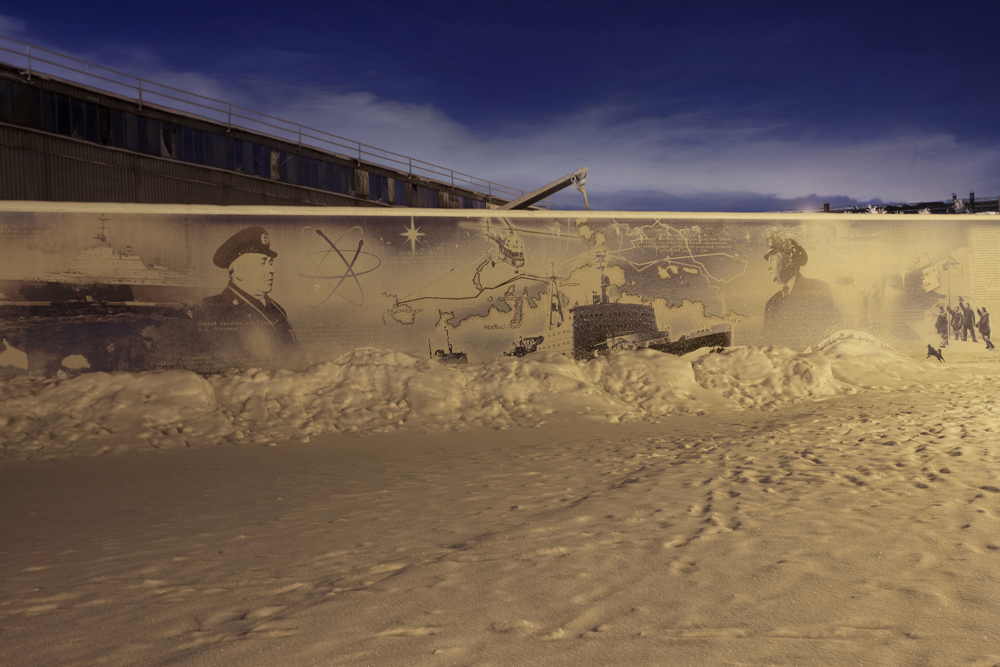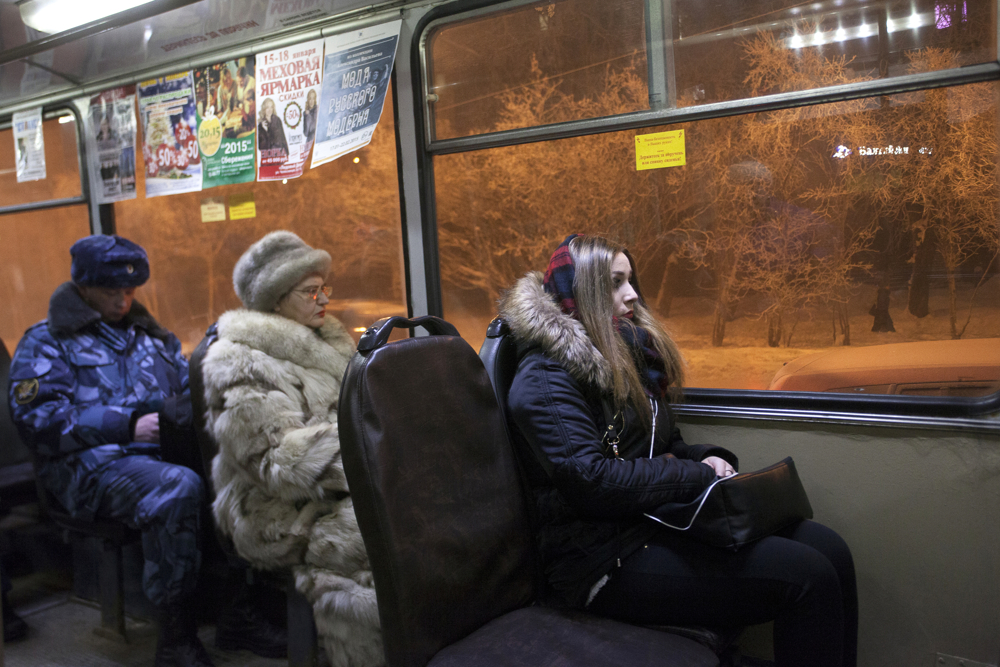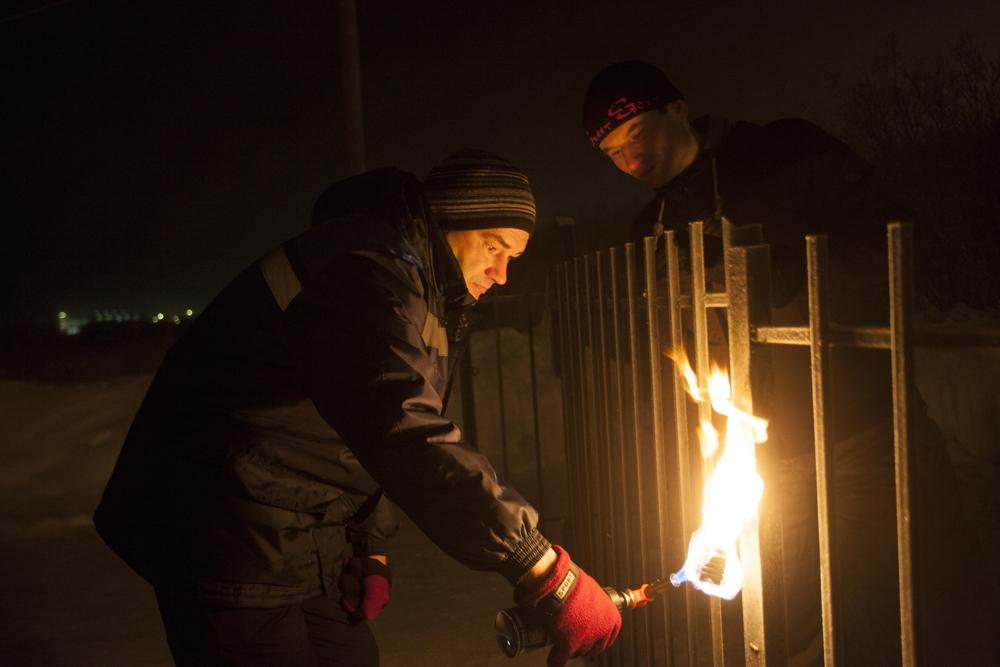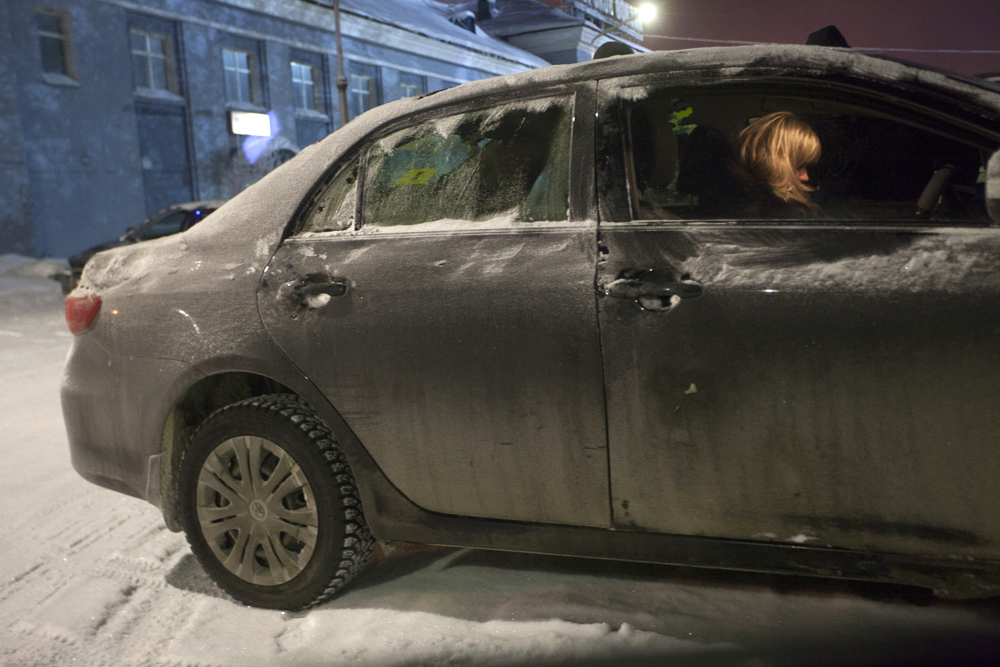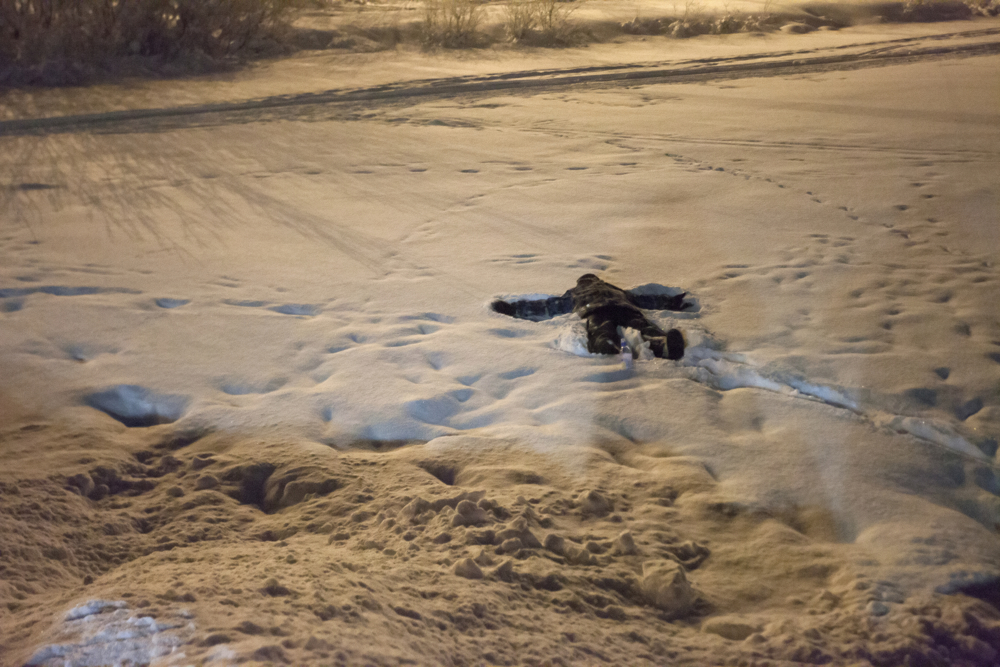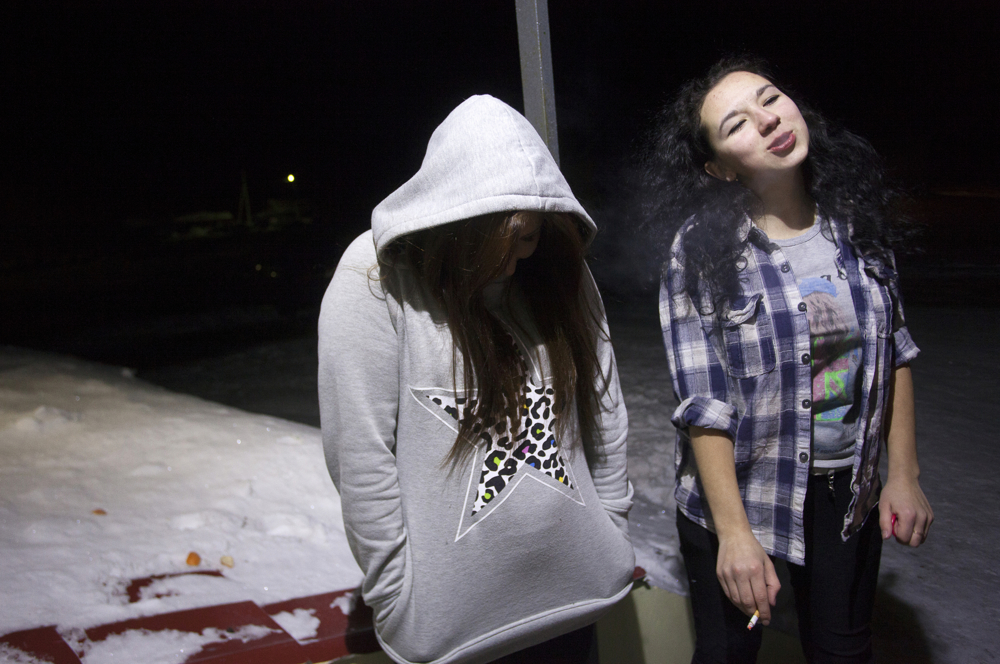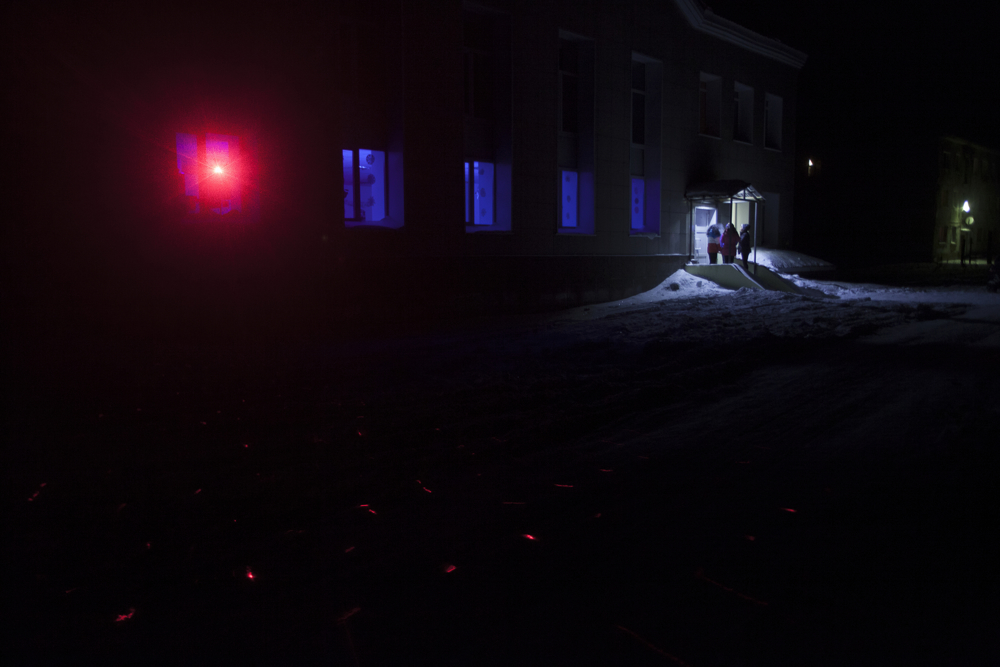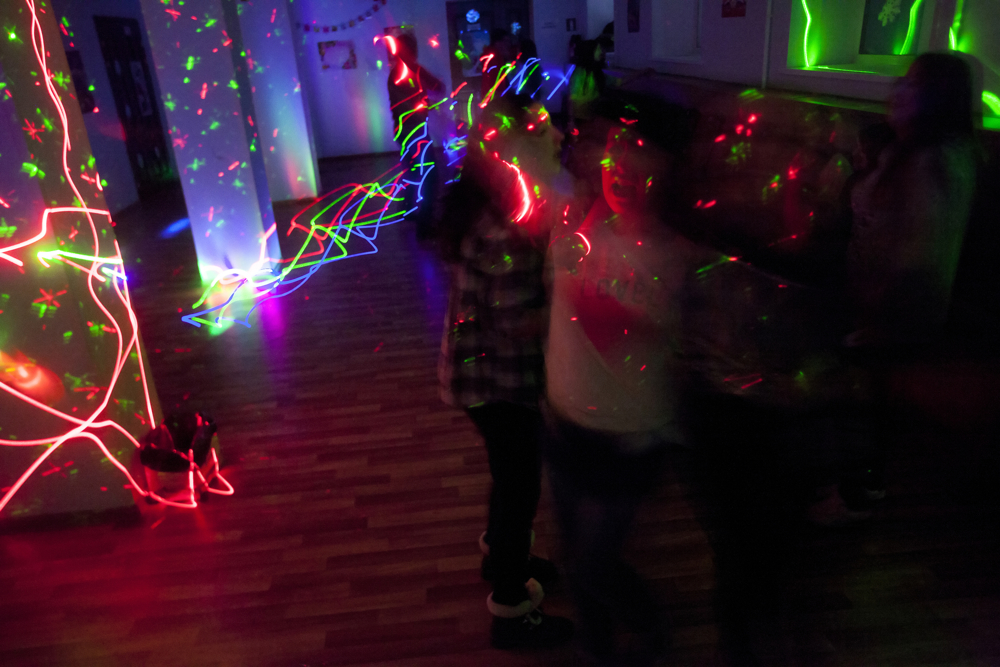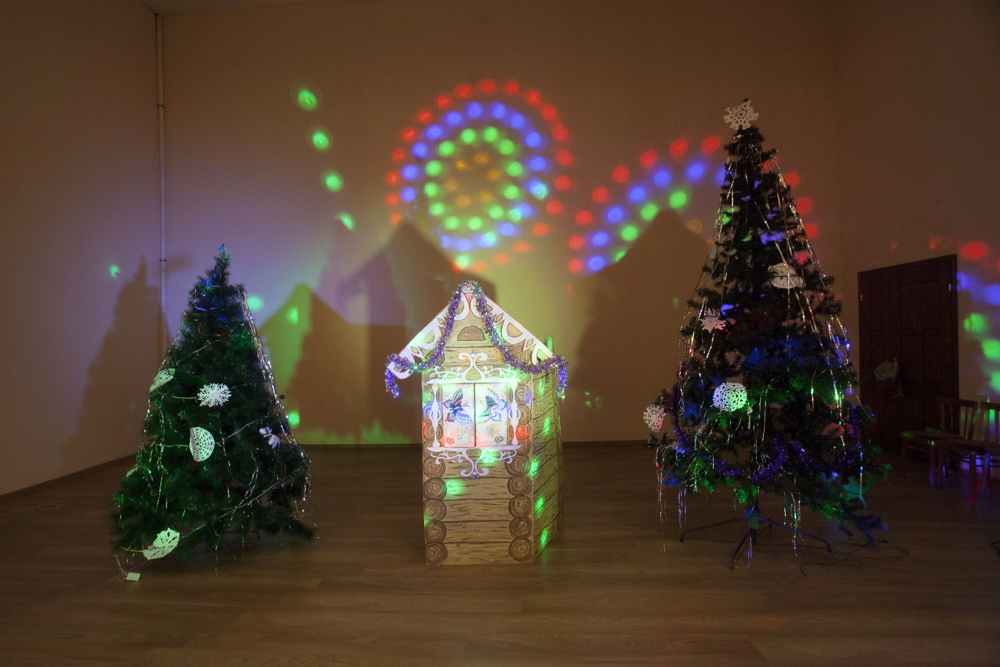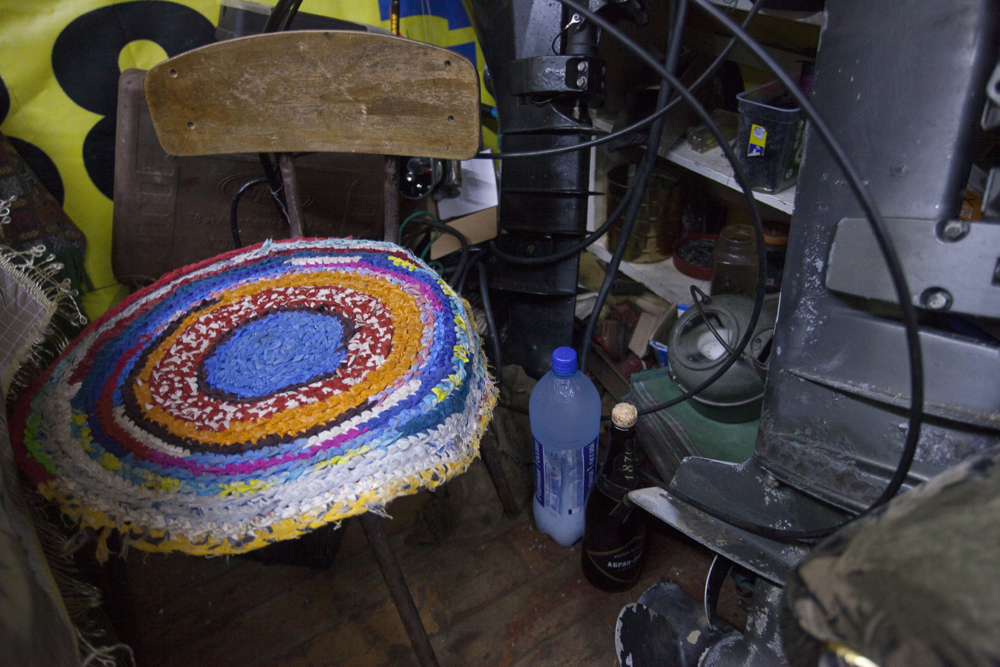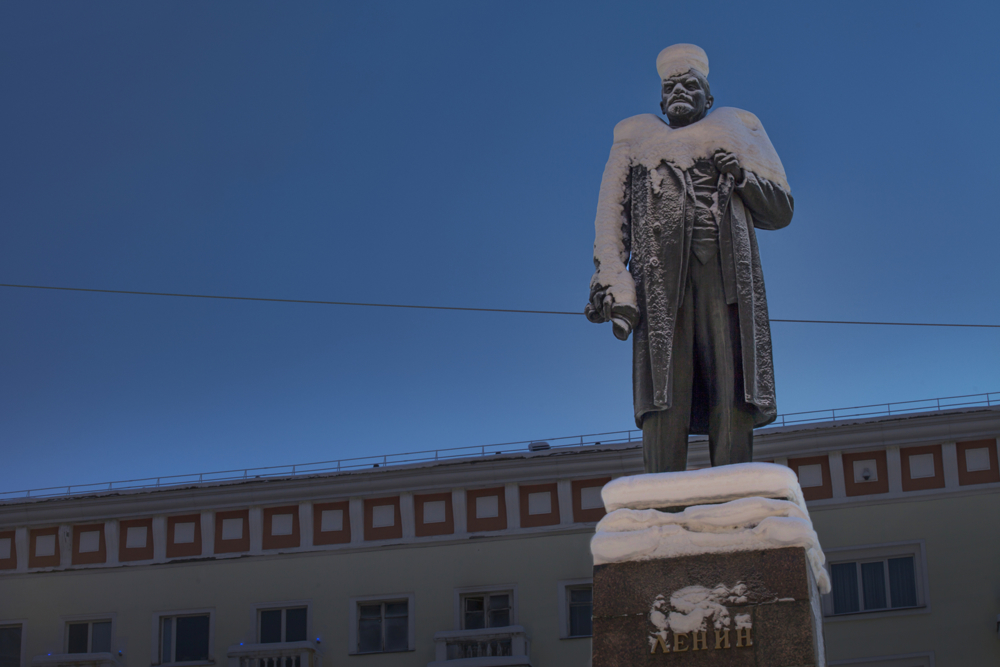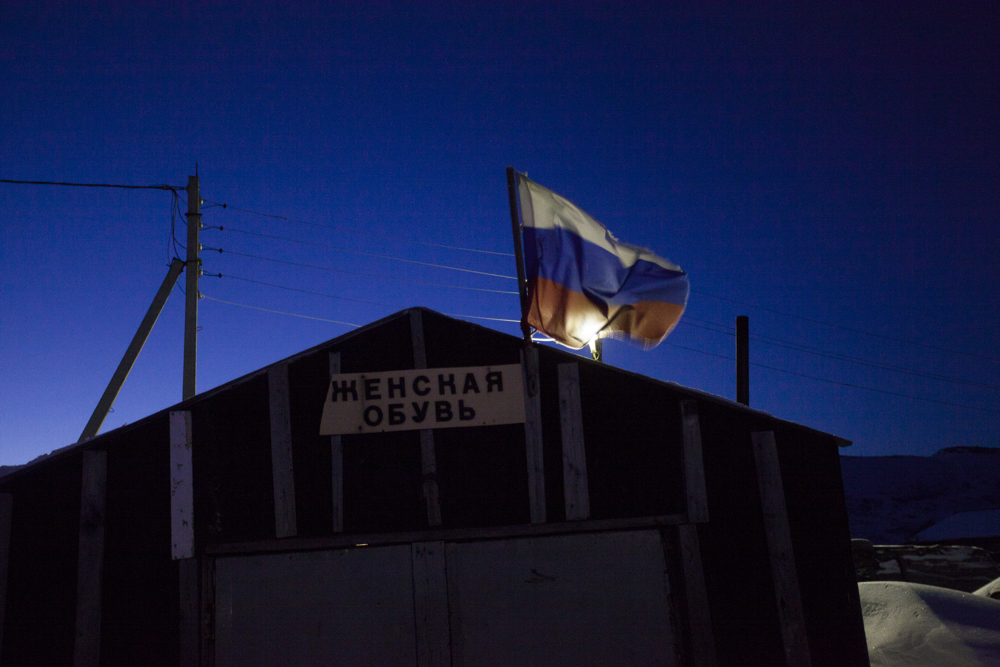Murmansk is the world’s largest city beyond the Arctic Circle. Founded in 1916, Murmansk was the last city established by the Russian Empire before Bolsheviks led by Vladimir Lenin seized power. Due to its extreme northerly location it experiences an annual 40-day long polar night from 3 December to 11 January. During this period, when the sun remains constantly below the horizon, a semi-twilight occurs each day for only a few hours around noon. For the rest of the time, the city is wrapped up in darkness.
At the end of an unpaved and pock-marked road, two hours from the Russian city of Murmansk into what feels like the middle of nowhere, you find Teriberka, braced against the tempestuous Barents Sea. The fishing village, which is at least four centuries old, was a collective farm during USSR and its residents were primarily fishermen and deer herders. Until 2009, it was part of Russia’s heavily guarded border zone and was closed to outsiders. Old cannons from the late 19th century can still be found along the shore.
Teriberka became better known to the world after director Andrey Zvyagintsev’s movie, Leviathan, featuring the town and its residents, was nominated for an Academy Award in 2015. Teriberka was depicted as a place drowning in corruption and alcoholism.


